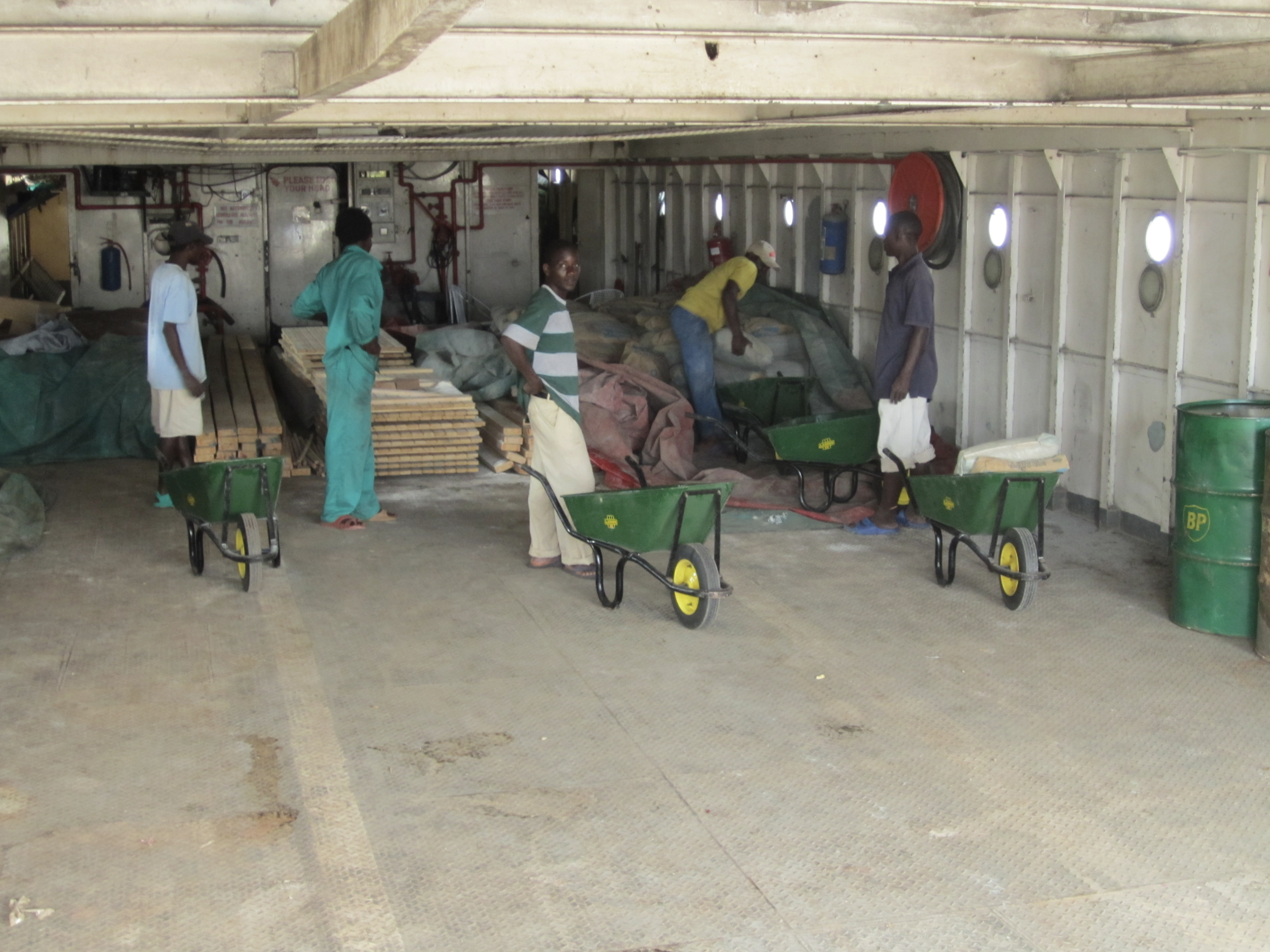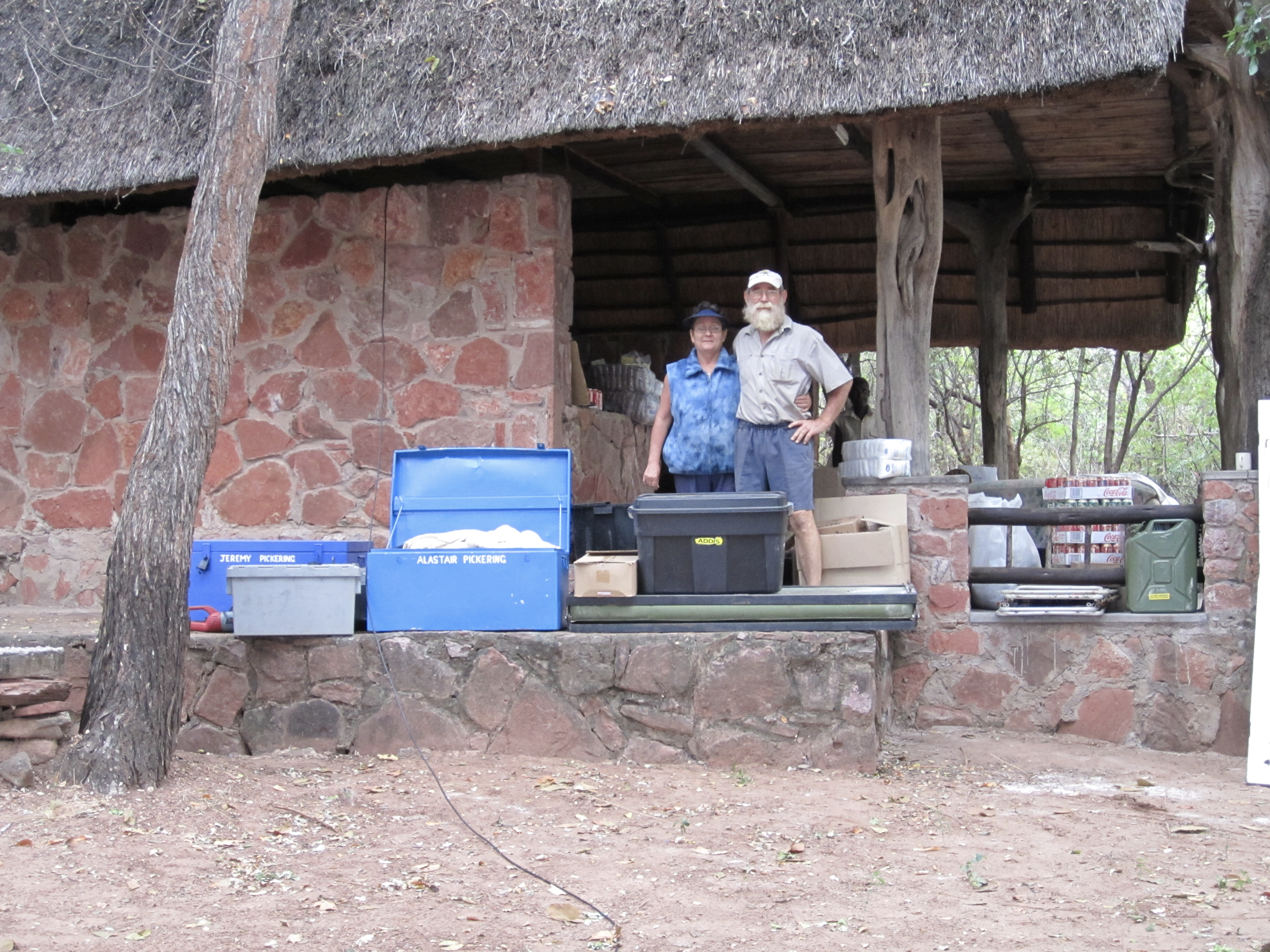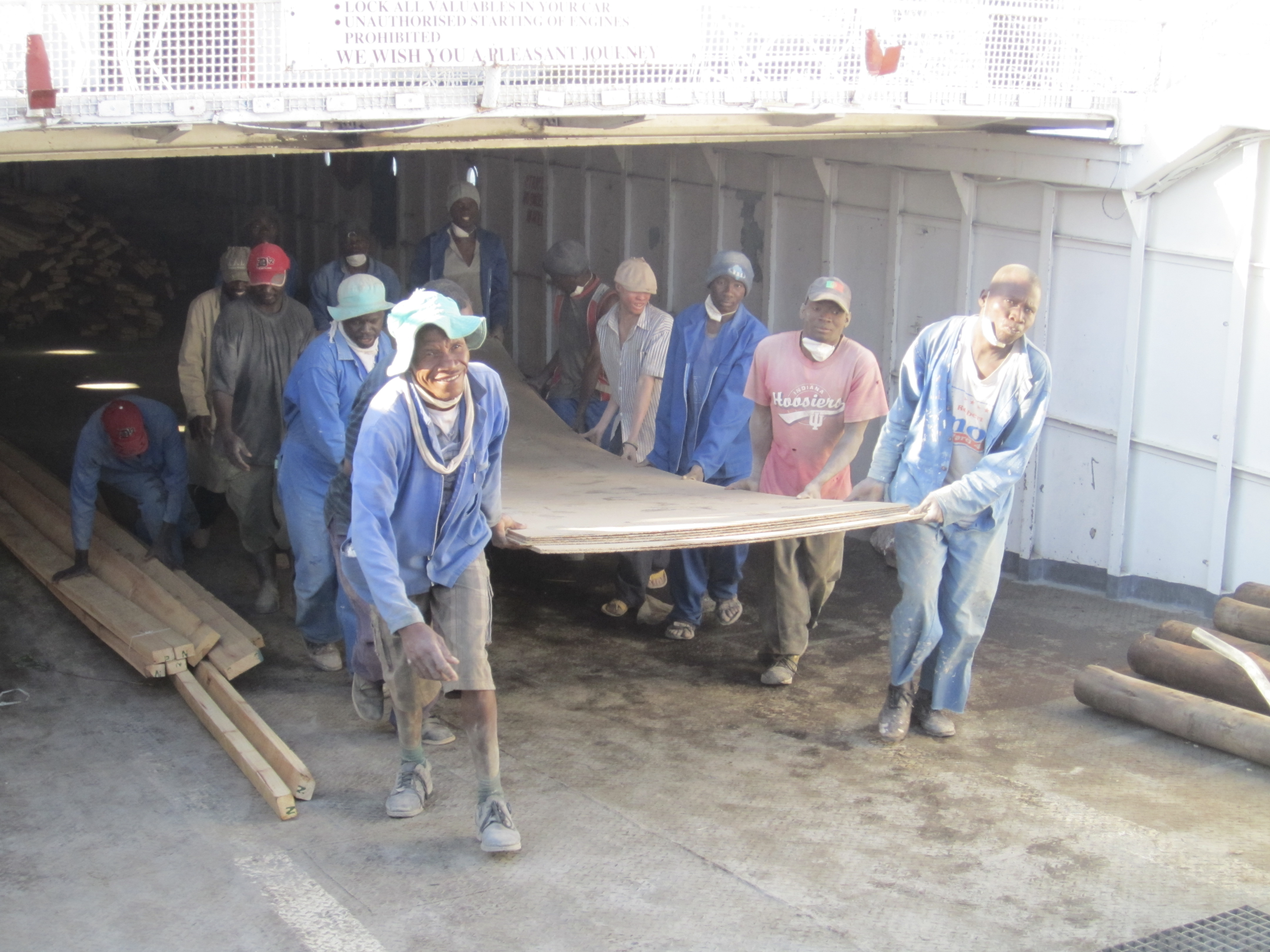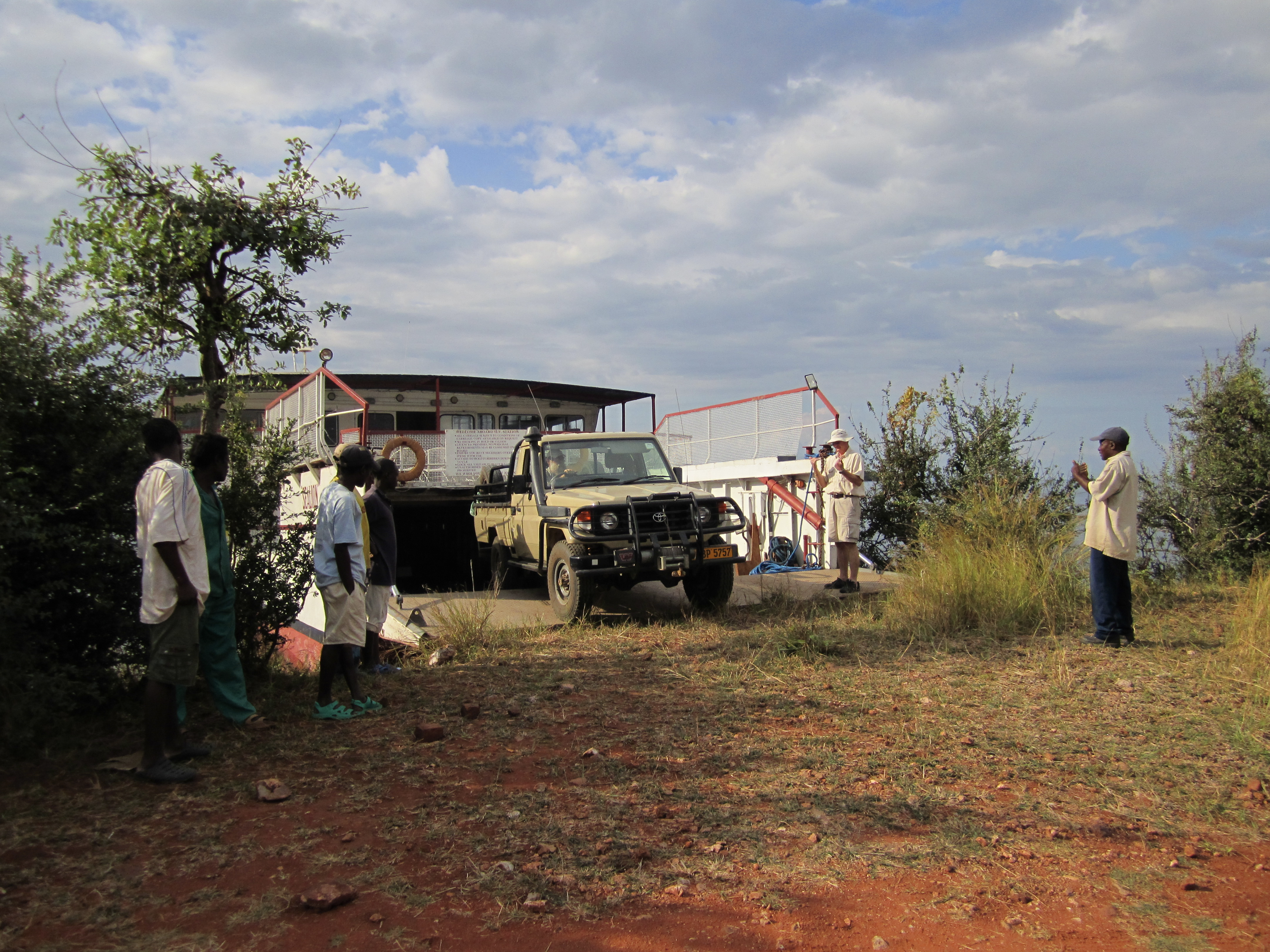My father worked for 5 years with a UK foundation to help rehabilitate schools in a very remote area of Zimbabwe. The foundation was called the Phyllis Aspinall Foundation and Phyllis was a close friend to our UK relatives.
An Interview with Charles Pickering
How did this all come about?
In March of 2010, I was asked to take on the role of Operations Manager to rehabilitate schools in the north western region of Zimbabwe, in the district of Binga. This remote part of the country is a hostile part of the country with very limited infrastructure to access the area. Two options were available to access the area. A long journey by 4-wheel drive through Gokwe to the top of the Escarpment at Siakobvu down into the shoreline of Lake Kariba or alternatively by road again to the town of Kariba then a boat ride across the lake to Bumi Hills
Tell me about your initial reconnaissance trip?
My initial reconnaissance trip to evaluate the extent of the project ahead was conducted in early March, just after the seasonal rains, as during the rainy season the area becomes locked off from the rest of the country due to the lack of good roads.
I based myself at Bumi Hills Hotel which was in the process of being refurbished. From the lodge I was kindly given a driver and a Toyota 4 x 4 pickup to drive into the hinterland.
Our first destination was the village of Mola where I was introduced in the traditional manner to Chief Mola. I appraised him of our intentions to rehabilitate three schools in his jurisdiction being Mola primary and secondary school and Kalundu Primary school, which after years of neglect and lack of financial input were in a sad state of disrepair.
Initial evaluation uncovered a multitude of structural issues with the classrooms and staff quarters with a lack of ablution blocks and piped water. Roofing sheets were badly damaged and in general the task ahead was a monumental one to say the least.
What followed the initial evaluation?
I returned to Harare to brief the donors and start getting a team together and the big job of putting the materials and logistic together. Everything from cement, timber, roofing sheets to generators and tools were all procured for transportation to Kariba.
Tell me about the logistics of getting the material to its final destination?
A transport company was engaged to provide a 7-tonne truck that was put at our disposal to get the materials etc. to site. On arrival in Kariba we chartered the biggest ferry called the “Sea Lion” and contracted casual labour to assist with the loading of the materials and finally getting the truck onto the ferry. This had never been done according to the owners of the vessel.
The journey across the lake took 8 hours which we did during the night as the “Sea Lion” is one of the few large boats that is equipped with the requisite navigation systems to cross the lake during the hours of darkness. On our arrival in Bumi Harbour the next conundrum was to construct a ramp from the rocks on the shoreline to offload the truck and materials. This is hard work as the daytime heat peaks at 1am at or about 40⁰C.
A canteen was established on the lake shore to prepare and provide our work team with meals whilst they emptied the cargo.
Once the truck was loaded, we then began the arduous task of getting to Mola, bridges over streams and larger rivers had to be rebuilt temporarily to access the village. This inaugural trip took over 10 hours to complete a distance of 42 km’s.
On our arrival the news had already filtered through the community and we were greeted by hundreds of villagers from Mola and the surrounding villages.

How did you run the project?
A nearby Island called Musango was to become our base for the duration of this mammoth task at hand. My first task was to hire a work force with the skills required to undertake the refurbishment of the schools. From builders, carpenters, welders and plumbers we assembled a group of locals that would be engaged on this project for the next five years.

The Project Manager, Ivan and his wife were resident on Musango and would be on site throughout the project supervising his work force.

Additional equipment was procured in Harare including a Toyota Landcruiser 4x4 which was required to get Ivan to site, as well as, a Fiat 500 tractor and trailer to cart building materials to site from around the area. Bricks were manufactured on site using the latest block technology to reduce the use of cement, they interlocked together and meant we could build a 5 roomed barrack style block for teacher accommodation in two weeks.
The whole community was involved with access roads being worked on by a team led by the Chief to facilitate the movement of materials and supplies onto site. The woman of the village provided meals for the staff on site and a bush canteen for the Chiefs team. The local clinic had much needed work done on it to supply medical care for our staff and the wider community.
What was the end result?
After 5 years the team and Ivan had renovated the schools, provided housing, water and sanitation for the teachers and pupils and improving the health facilities of the local clinic. The outcome of the initiative has yielded great benefits to a remote area of Zimbabwe and the standard of education to the area through the work undertaken and have given hope to a lost community and young people.




